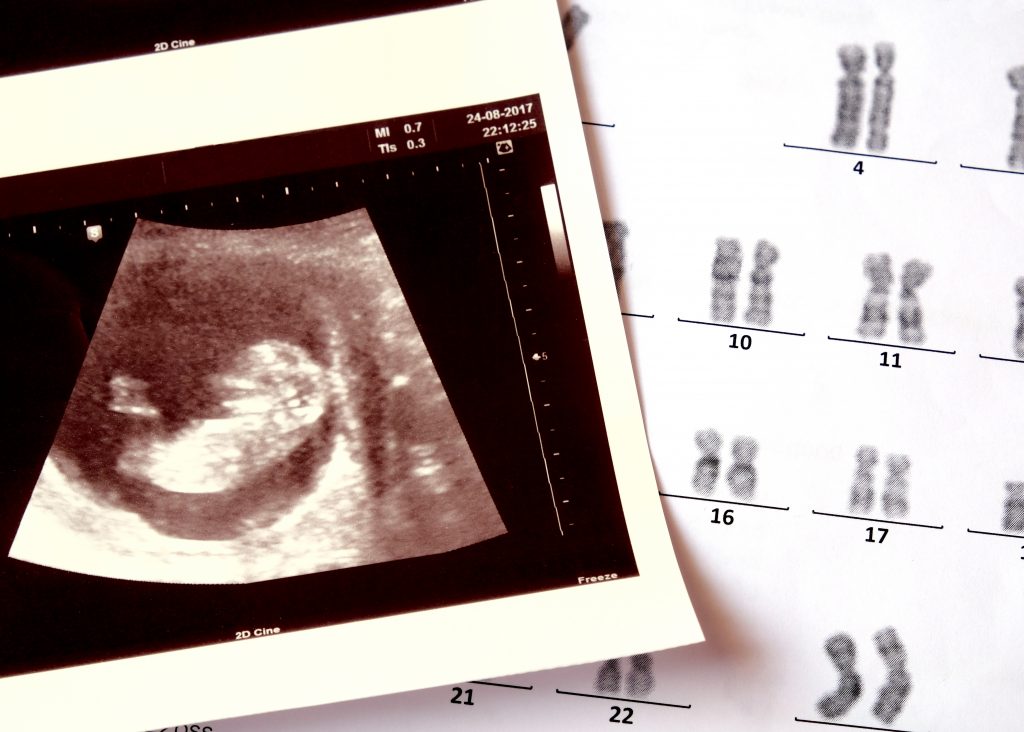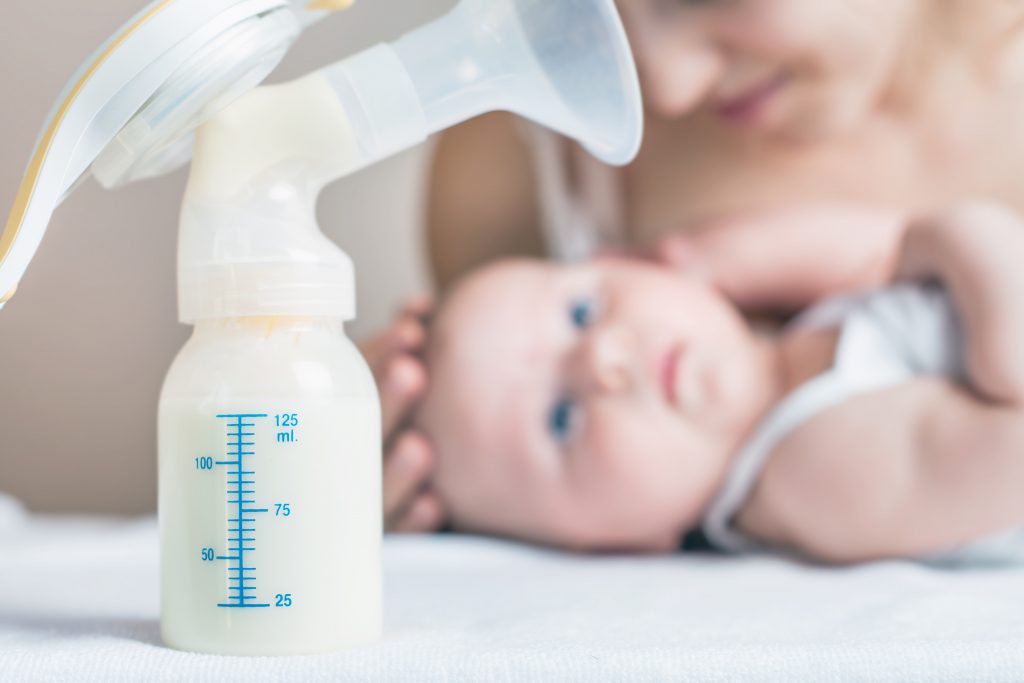What’s the first thing that comes to mind during pregnancy? A baby in your belly, eating for two and relaxing all the while growing a human. Exercise is probably not that high on the list of things when one usually thinks about in pregnancy. However, experts disagree with this statement and strongly advise pregnant women to stay physically active during the entire pregnancy.
Can You Keep Exercise While Pregnant?
You most certainly can. If you are already a sporty type of lady. Or if you go to the gym. Or perhaps if you run every day, there’s no reason to stop just because you’re pregnant. Anyway, make sure you do consult your gynecologist in case there is a certain reason to make some changes in your routines.
Anyway, one of the most annoying myths about physical exercise is that women should refrain from it, and focus on exercise during the post-partum period. Solely to shed the baby’s weight. That couldn’t be further from the truth. Getting regular physical activity along with a healthy and balanced diet is one of the most important things you can do during pregnancy. It’s good for you and your baby.
So, the bottom line is, if you were active before getting pregnant, you should continue being active in your pregnancy as well. Some strenuous activities like horseback riding, lifting weights, or skiing are not recommended, but light physical activities like Pilates and pregnancy yoga, or simply walking most certainly are.
Once again, it’s best to discuss the physical exercise options for you and your pregnancy with your health provider.
What Are the Benefits of Physical Exercise During Pregnancy?
There are plenty of health benefits to staying physically active during your pregnancy. Exercise can prepare you better for childbirth, and can help reduce the chances of developing gestational diabetes. However, for women who already have gestational diabetes, exercise may help control it better.
Exercise can also help you control the weight gain, and the ever-changing shape of your body during pregnancy and it may reduce the appearance of swelling. Not to mention the improvement of back pain. A common occurrence during pregnancy for most women. Exercise in pregnancy can help with the improvement of your mood and may help reduce depression and anxiety. Last but not least, exercise during pregnancy may help reduce the blood pressure. A fantastic help for those mothers who are susceptible to developing pre-eclampsia.

The bottom line is… Don’t be afraid to exercise in your pregnancy. You may have to pick a less strenuous and physically challenging exercise, but you shouldn’t spend your pregnancy without it. There are far more pros than cons to physical activity in pregnancy, and you should go for it. Your body will thank you.


















